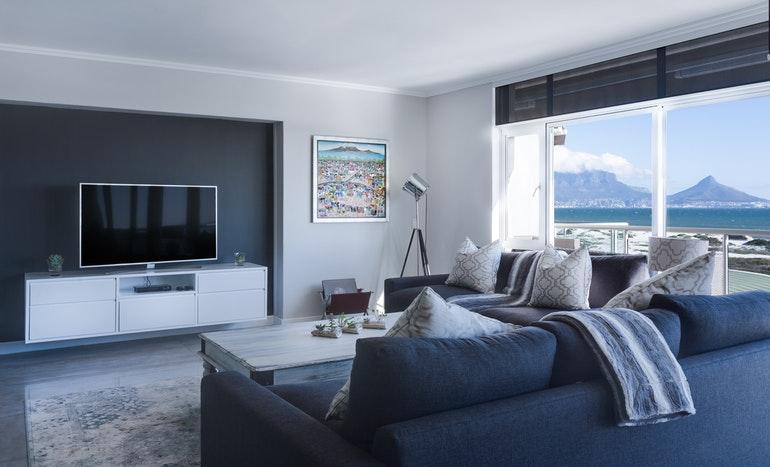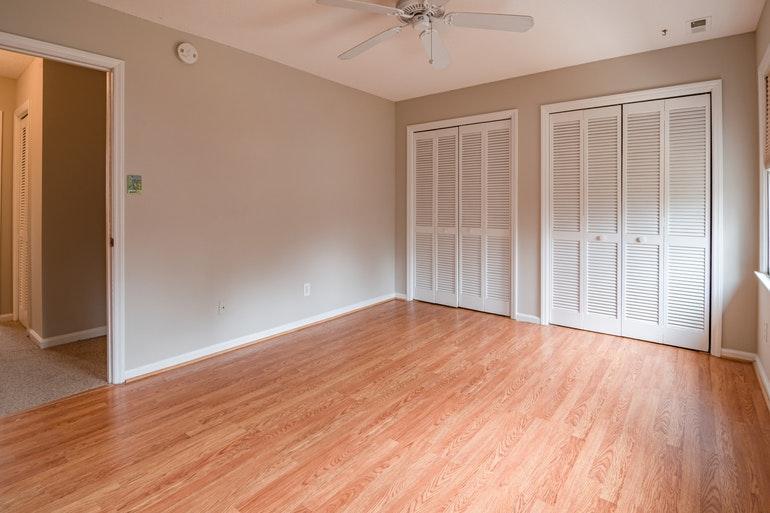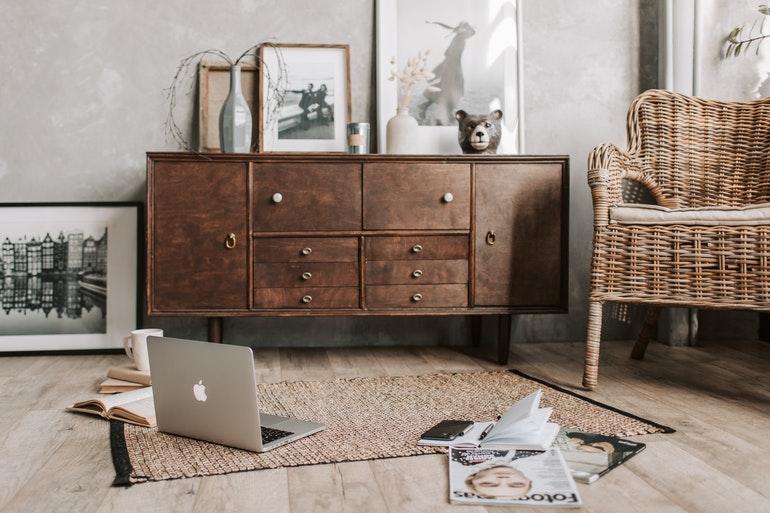
“How long sharehouses have been in Japan?”
“It’s actually hard to imagine what sharehouses are…”
You might be one of those thinking like this.
More and more people live in sharehouses instead of renting an apartment these days.
However, only a few people know about the history of sharehouses.
Sharehouses were originally apartments for people from abroad and returnees from study abroad. Since the 2000s, living in sharehouses become popular among hipsters because of TV daramas and the recessions.
Throughout history, sharehouses have changed their image from being low-cost rental housing to being a warm place where people can get together and socialize.
By knowing and understanding the history of sharehouses, it becomes easier to imagine what kind of place sharehouses are.
So, in this article, we explain the history of sharehouses in the following order.
・Sharehouses started as houses for people from abroad
・Room-sharing became popular because of TV shows in the 2000s
・The number of people who use guesthouses and sharehouses increased due to the recession
Difference between sharehouse, guesthouse, and room-sharing
・Regulation and relaxation due to the violation of laws
・Important points when using a sharehouse
Check and understand the history and get the right knowledge to use a sharehouse safely.
History #1: Sharehouses started as houses for people from abroad

The history of sharehouses dates back to the 1980s and 1990s.
At that time, the culture of renting untenanted boarding houses for people from abroad who were having a hard time to secure a place to live in Japan started/spread.
Houses called “Guesthouse” or “Gaikokujin House” (meaning “a house for foreigners”) are actually the origin of sharehouses today.
History #2: Room-sharing became popular because of TV dramas in the 2000s

Back then, most of Japanese people who were living in guesthouses or gaikokujin houses were returnees from studying abroad. Since they lived with people from abroad in sharehouses, it was the perfect environment for them to keep the language skills they had acquired abroad.
Moreover, the NHK drama “A Room-Sharing Woman” triggered a trend for room-sharing around 2004.
Until that time, the majority of people who had seen a life style of room-sharing in foreign dramas considered it’s a life style that they can’t relate to.
During that time, room-sharing became familiar to Japanese people after the NHK drama depicted communal life in Japanese context.
Room-sharing became a trend by people yearned for a drama-like lifestyle.
History #3: The number of people who use guesthouses and sharehouses increased due to the recession

In 2008, the number of unemployed people increased due to the global recession.
A lot of people affected by the recession started room-sharing with someone due to financial reasons.
Also, the need for guesthouses increased due to the recession since they are cheap to stay,
In this situation, a new word, “Sharehouse” (meaning shared-house), began to be used around 2009.
During this time period, more and more people started practicing economy, and a “sharing culture” such as room-sharing and office-sharing begin to bloom.
Because of this kind of needs and backgrounds, sharehouses have become popular and one of general life styles.
History #4: Difference between sharehouses, guesthouses, and room-sharing

It seems many people cannot understand the difference between sharehouses, guesthouses, and room-sharing.
We explain three differences briefly here.
・Sharehouses: Living with a small ~ large group of people in one house/property contracted with a vendor.
・Guesthouses: Making a reservation and staying in a private or dormitory for a short period of time
・Room-sharing: Living with a small group of people in a room contracted between individuals
Technically, guesthouses are facilities for a short-period of stay, and sharehouses are rental housing for a long time period.
This is because when the term “sharehouse” appeared in the news around 2009, it was confused with “guesthouse”.
Even these days, some people still use “sharehouse” and “guesthouse” interchangeably.
Some companies have changed their name from “guesthouse” to “sharehouse” to avoid this misunderstanding. But, yet some media and other sources use these two words with the same meaning, so please be careful when you search for information.
Also, “room-sharing” is to live with a small group of people in an apartment, and one of them becomes in charge of a lease contract as a representative. Please keep in mind that this is basically a communal life with friends.
In sharehouses, necessary stuff for living, such as furniture, home appliances and daily goods, are basically prepared by a management company. On the other hand, one of the characteristics of room-sharing is the fact that people bring their own necessities.
Although that the living cost is split, it tends to be higher than living in a sharehouse.As a living style/form, it is the same as living alone in general.
There is often confusion in the media, but it is important to understand the difference to properly understand the reality of sharehouses.
Please refer to the following article to know more about the difference between sharehouse and guesthouse.
→“What are three differences between sharehouses and guesthouses??”
History #5: Regulation and relaxation due to the violation of laws

Although sharehouses are popular today, but there was the time that sharehouses had a negative image.
A famous example is that the violations of laws and regulations in a sharehouse operated by an internet cafe called Mamboo was brought to light in 2013.
Some facilities run by dishonest companies call them “sharehouses” even though they do not meet legal safety standards. Moreover, there are also facilities that do not have evacuation measures in case of fire or earthquake, and poverty businesses that intercept/exploit welfare.
The properties of Mamboo didn’t comply with the Fire Service Act and other standards, and were busted as “illegal houses.”
In this way, the entire sharehouse business/industry was regulated and many conditions were set in place to operate sharehouses, such as premises and area.
Many sharehouses are run and managed legally with right decent safety measure.
Nevertheless, a few bad companies created a huge negative image of sharehouses, and the industry itself was severely damaged.
Good and decent management companies of sharehouses kept operating sharehouses properly to improve their negative image. As a result, the government gradually loosened its restrictions on sharehouses.
The regulations set after 2013 have been relaxed to allow sharehouses to be operated under the following conditions.
・No vacant space beyond the window is needed as long as there is an outdoor passage at least 50 cm wide
・No limit on the width of corridor/hallway
・Can be built on a site close to a road/street
・Partition walls for sound insulation are not required
Because of the above relaxation on regulations, many properties/buildings can be run/managed as a sharehouse.
Thanks to the efforts of people who have managed sharehouses in a right way, sharehouses have become popular again.
It’s important to check a property/building is managed legally when you choose a sharehouse for living.
What to consider based on history when choosing a sharehouse

Today, sharehouses have regained popularity and are becoming more diverse, including properties with gyms and theater rooms.
The fact that there are so many sharehouses and having more choices makes it more difficult to choose a safe sharehouse. In order to find out a safe sharehouse, it is important to study the history of sharehouses and choose one with reference to the right knowledge.
Illegal sharehouses have the following characteristics.
・Management company rejects a viewing of its property
・Management company’s reactions/responses are disrespectful/rude
・Rent is too cheap
・Rooms have no windows and do not provide escape routes in case of fire
・Rooms of a sharehouse that used to be a single-family home are partitioned roughly/carelessly
・Locks are too simple to be broke in
In many cases, management companies of illegal sharehouses reject a house viewing. Since they know their properties are run/managed illegally, they treat customers in a disrespectful way and even try to prevent you from checking what is inside.
Some of their properties are originally warehouses or single-family homes that have been partitioned inappropriately and deceptively labeled as rooms for communal housing.
This means that there are no windows in the rooms, and there is no way to escape in the event of a fire.
The rooms are also at risk of theft if only a simple lock is provided.
Illegal sharehouses have a high risk not only in emergencies, but also in everyday life.
Therefore, it’s important to understand the characteristics of safe sharehouses and to avoid being deceived by suspicious properties.
Legal and safe sharehouses have the following characteristics.
・Management company treat you in a respectful manner and is willing to accept requests for a house viewing
・Photos and floorplans of properties are available on a management company’s website
・General rules, such as “No laundry at late night,” are set
・Well cleaned and managed
・Secure escape routes in case of fire or earthquake
When you choose a sharehouse, pay attention to its management company and see if communication goes smoothly.
If it’s a decent management company, they will take you to a house viewing without any hesitation and answer your questions.
It’s essential to choose a management company that allows you to check in advance whether the interior of the sharehouse and its environment are safe.
Summary: Sharehouses have developed with the times. Let’s use them properly and safely
Sharehouses have grown along with the development of the rental business and sharing services.
To review the history again, here is what we explained in this article.
・Sharehouses started as a boarding houses for people from abroad
・Experienced tightening and relaxation on regulations due to violations of laws and regulations by bad management companies
・Sharehouses have regained popularity because of the effort by decent management companies
Sharehouses have developed like the above.
Let’s use the history as a reference, but also please be sure to understand the characteristics of the illegal sharehouses. By doing so, you can enjoy a safe and fun sharehouse life.
Armed with your knowledge of the history, let’s try to find a safe sharehouse.
Also, when you look for a sharehouse, rankings of management companies can be helpful. Popular companies are used by many people that they have decent credibility.
About the rankings, please refer to the following article.
→“Top Five Sherehouse Management Companies and the Criteria for Choosing the Right Property for You”















